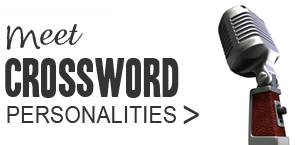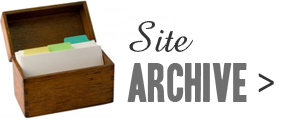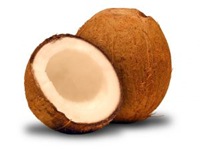
For new solvers, this is to clear up some terminology used on this site and elsewhere in discussions about cryptic clues.
Surface Reading
The surface reading (also called surface meaning, or simply surface) of a clue is its external meaning - what the clue conveys when you read it as a straight sentence/phrase.
Take the word CHAIR, and look at three different clues for it.
- Piece of furniture one in daily (5)
- Burn around one piece of furniture (5)
- Cleaning-lady holds a position of authority (5)
All three break the word up as CHA{I}R.
The wordplay is identical, but what of the surfaces?
Forget for a moment that these are cryptic clues, just read them literally. You'll see that clue (1) is nonsensical, clue (2) has a grammatically correct surface but is semantically weak (what does it mean to "burn around one piece of furniture"?). Clue (3) is the most plausible of the lot.
A good surface will be meaningful, often intriguing or witty. The kind of phrase that you're likely to come across in conversation, writing or thought. A good surface will also try to direct your attention away from the cryptic meaning of the clue.
Cryptic Reading
The cryptic reading or cryptic meaning of a clue is its hidden meaning - the meaning that the solver must unravel to arrive at the solution.
Take clue (3) again: Cleaning-lady holds a position of authority (5)
While the surface is about a charwoman who holds a position of authority, the clue cryptically says:
cleaning-lady = CHAR, holds = containment indicator, a = I.
"position of authority" is the definition. The segment "cleaning-lady holds a" is together called the wordplay (or subsidiary indication, see comment#1).
Good cryptic reading will have a fair definition and wordplay. It will contain either no superfluous words or only those that do not interfere with the wordplay. It will give the solver a good chance to reach the solution.
---
In clue (3), a = I.
In clues (1) and (2), one = I.
Which is better?
one = I is more precise for the cryptic reading, but a = I makes for a smoother surface.
The best clues manage to do both: have great surfaces and equally great cryptic reading.
Related Posts:
If you wish to keep track of further articles on Crossword Unclued, you can subscribe to it in a reader via RSS Feed. You can also subscribe by email and have articles delivered to your inbox.


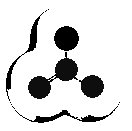 In science, ION is a charged particle. In crosswords, ION may be simply "charge"[1].
In science, ION is a charged particle. In crosswords, ION may be simply "charge"[1]. 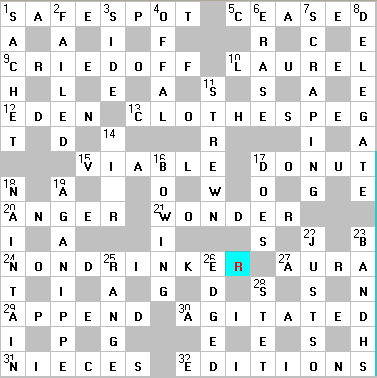
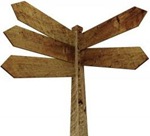 The
The  Of all clue types,
Of all clue types, 



